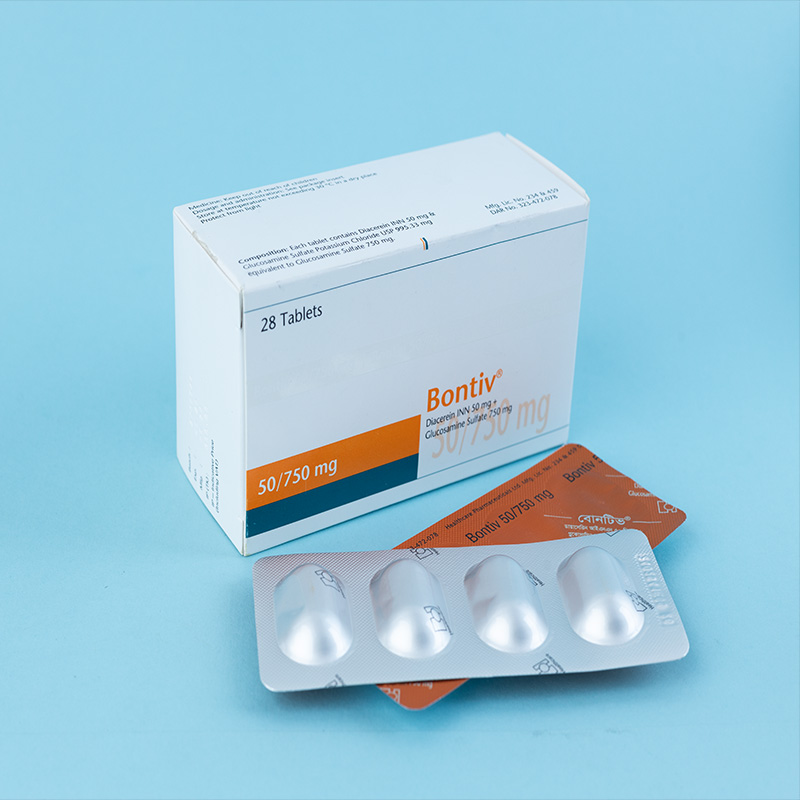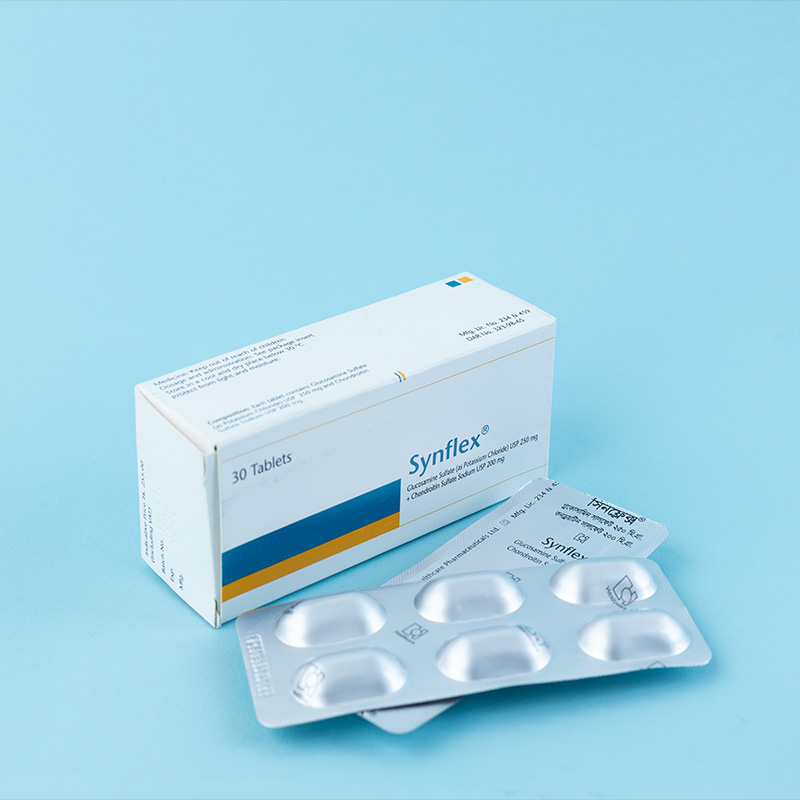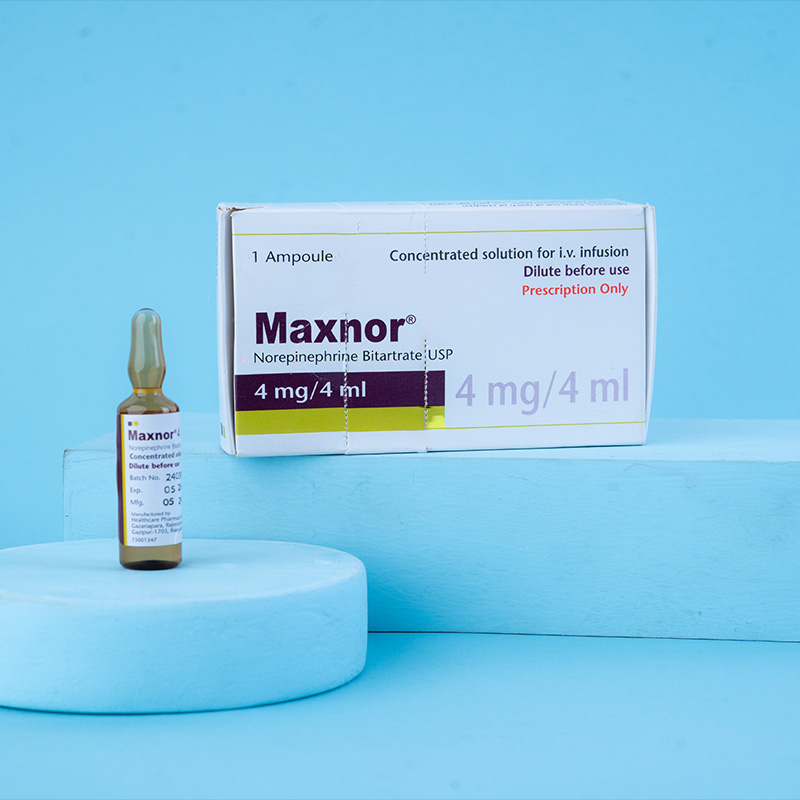Glucosamine:
Glucosamine (2-amino-2-deoxy-alpha-D-glucose) is a naturally occurring amino sugar produced by the body and found in certain foods. It is a fundamental building block required for the biosynthesis of glycosaminoglycans (GAGs) like hyaluronic acid, keratan sulfate, and chondroitin sulfate. These GAGs bind with proteins to form proteoglycans, essential components of articular cartilage.
When cartilage in a joint deteriorates, osteoarthritis develops. Glucosamine helps form ligaments, tendons, nails, and various other connective tissues. Supplementing with synthetic glucosamine sulfate increases glucosamine levels in the body, facilitating the production and repair of cartilage. It also activates chondrocytes in cartilage, aiding in the production of GAGs and proteoglycans.
In humans, approximately 90% of glucosamine administered orally as glucosamine sulfate is absorbed through the digestive tract. It is primarily metabolized by the liver and excreted in the urine.
Diacerein:
Diacerein is used for treating osteoarthritis and exhibits analgesic, antipyretic, and anti-inflammatory properties. It inhibits the synthesis of Interleukin-1 (IL-1), the primary cytokine involved in cartilage destruction. Due to this specific mode of action, Diacerein demonstrates a disease-modifying effect in both experimental models and human subjects with finger joint and knee osteoarthritis.
The oral bioavailability of Diacerein is approximately 56%. Food intake delays the time to peak concentration but increases absorption by 25%. Therefore, it is best taken with food. Diacerein extensively binds to albumin and is fully metabolized by the liver. Its metabolites are excreted through urine, ranging between 35% and 60%.

Adults: One tablet twice daily with food.
Children and Adolescents: The safety and effectiveness of this tablet in individuals under 18 years of age have not been established.
Take the medication as advised by a registered physician.

The absorption of Diacerein is reduced when taken with aluminum and/or magnesium hydroxide antacids.
There is an increased risk of diarrhea when taken with laxatives or antibiotics.

This tablet is contraindicated in individuals with hypersensitivity to glucosamine or diacerein.

No serious adverse effects have been reported. However, the following may occur:
Nausea
Vomiting
Diarrhea
Epigastric pain
Headache
Skin rashes
Intense yellow discoloration of urine

This tablet is contraindicated during pregnancy and breastfeeding.

Caution should be exercised when administering this tablet to patients allergic to glucosamine or diacerein.

No data is currently available regarding an overdose of this medication.

Store in a cool, dry place below 30°C.
Protect from light and moisture.
Keep out of reach of children.




